The Temptation of Air Launch
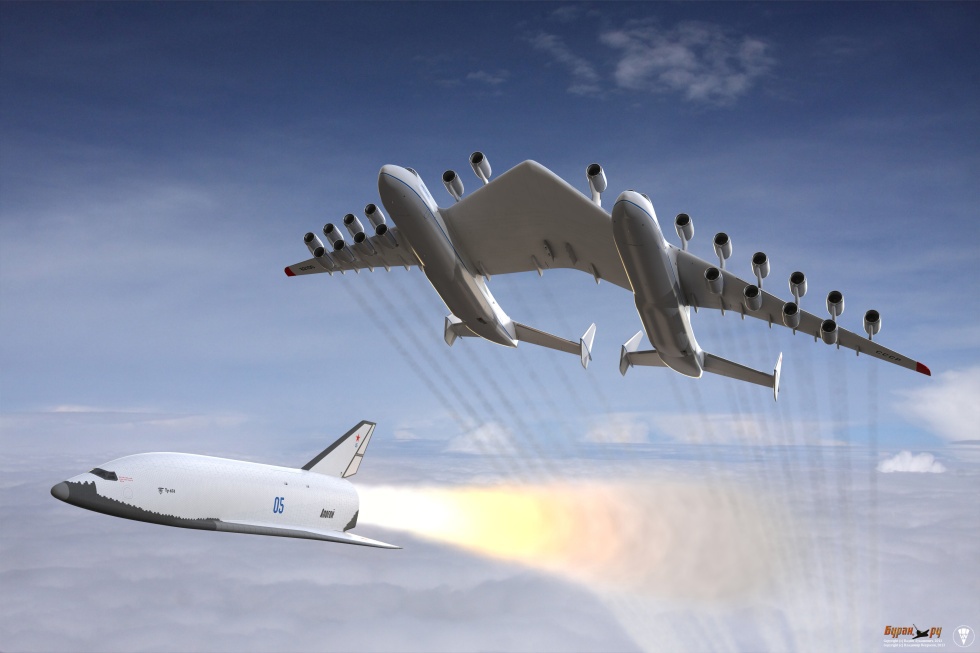
The idea of launching a spacecraft from an air carrier is regularly proposed as a way to radically facilitate the access of mankind to space. However, only one booster uses this principle. About what is profitable and what difficulties creates an air start, this post.
A bit of history
Rocket aircraft
The air launch was very successfully used in the USA after the war to study flight at high speeds and altitudes. The Bell X-1, at which the speed of sound was overcome for the first time in the world, started from a suspension on the B-29 bomber:
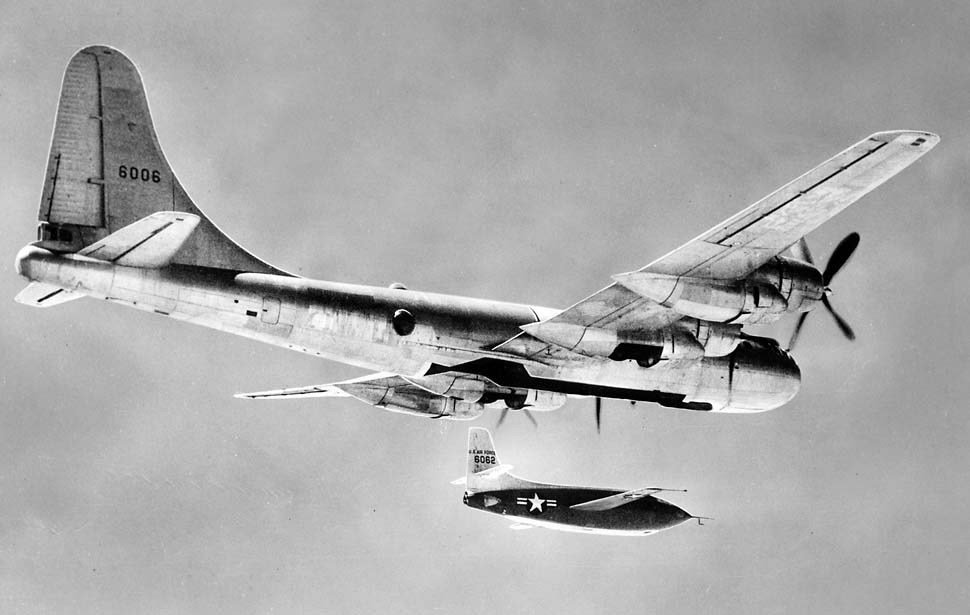
The solution was very logical - the use of rocket engines meant a small fuel supply that would not be enough for a full start from the ground. Model X-1 was developed - X-1A crossed the border in two Machs and investigated the behavior of the aircraft at high altitudes (up to 27 km). Modifications X-1B, C, D, E were used for further research.
The next big step forward was the X-15 rocket. He also started with an air carrier - a B-52 bomber:

A powerful engine developed a thrust of 250 kilonewtons (71% of the thrust of a Redstone rocket engine), could reach a speed of 7000 km / h and an altitude of 80 km. It would seem that the United States has two roads to space - fast and dirty on Mercury capsules, Redstone and Atlas rockets, and longer, but much more beautiful on X-15, X-20 and subsequent projects. However, the “airplane” program was in the shadow of spaceflight, and, despite the successfully achieved goals, it did not receive such brilliant development as the “Mercury” - “Gemini” - “Apollo”
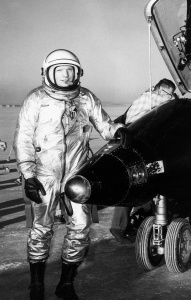
Neil Armstrong line. He flew on the X-15, but left the project on time.
Ballistic missiles
An alternative approach was the development of air launch ballistic missiles. At the end of the fifties, when ballistic missiles required several hours to prepare for launch, they lost to strategic bombers in flexibility and reaction time on combat duty. Bombers could barrage for hours near the borders of the enemy’s country, and, after a command, they could strike within tens of minutes, or they could also be quickly recalled. And ballistic missiles had the critical advantage of being unable to intercept. The idea arose of combining the advantages of two systems - the development of a ballistic missile for a strategic bomber. So the GAM-87 Skybolt project was born:

The first test launches began in 1961, the first fully successful launch took place on December 19, 1962. However, by this time the Navy was armed with ballistic missiles for the Polaris submarines, which could "barrage" under water for months. The US Air Force was developing a Minuteman solid-fuel rocket, the performance of which was comparable to Skybolt, but the rocket stood in the mine, ready for launch, which was much more convenient. The project was closed.
On October 24, 1974, the Minuteman III missile was dropped as an experiment from the cargo compartment of a C-5 transporter:
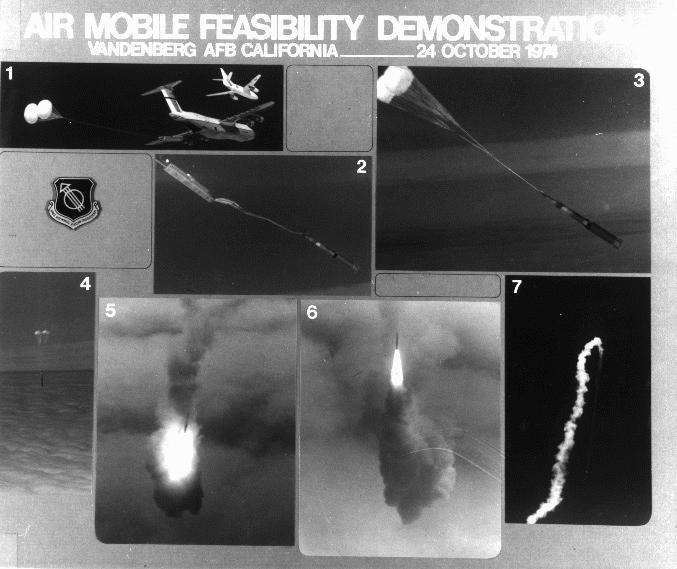
The test was successful, but the military did not see the need for such a system, and the project was closed.
Soviet "Spiral"
In the USSR, there was one noticeable project, but it was extremely interesting: the
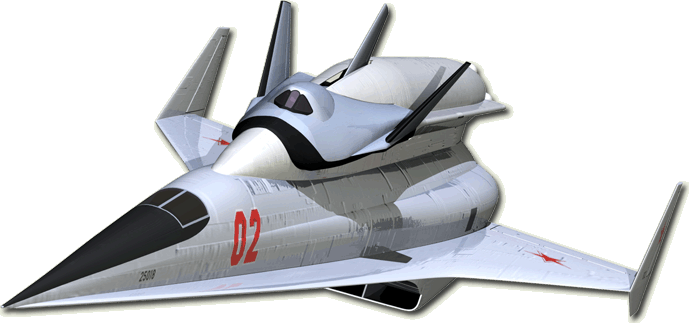
system of a hypersonic accelerator and an orbital aircraft was supposed to start from the runway, gain altitude of up to 30 km and a speed of up to 6M (6700 km / h). Then, the orbital plane, together with the booster stage on the fluorine / hydrogen fuel pair, was disconnected and accelerated independently until it entered orbit. The project was started in 1964 and officially closed in 1969 (although the orbital plane was "underground" tested as a technology test of the future "Buran"). The saddest thing (why - more on that below) is that the accelerator aircraft was not built and tested.
I recommend reading more on the website Buran.ru.
Modernity
Currently, there is one air launch vehicle, two completed projects of suborbital air launch aircraft and models for testing hypersonic engines. Let's consider them in more detail:
PH Pegasus
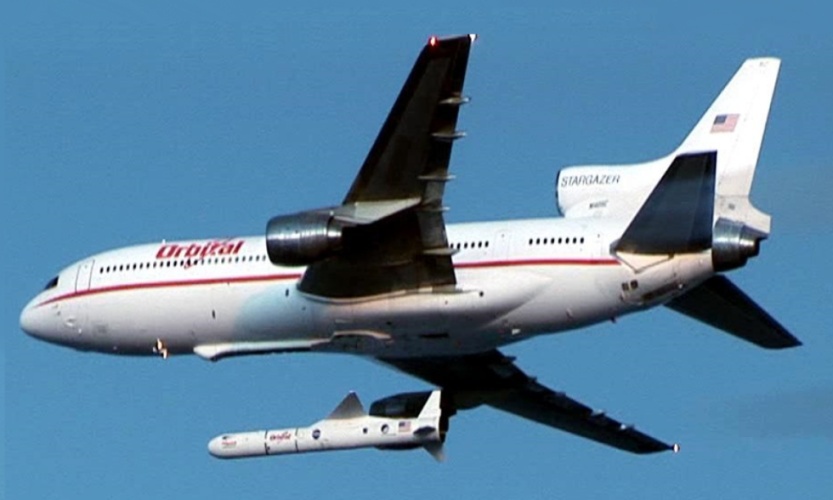
The first launch - 1990, a total of 42 starts, 3 failures, 2 partial successes (orbit just below the required), 443 kg into low orbit. As the air carrier used a modified passenger plane L-1011 . Separation from the carrier is carried out at an altitude of 12 kilometers and speeds not exceeding 0.95 M (1000 km / h).
SpaceShipOne
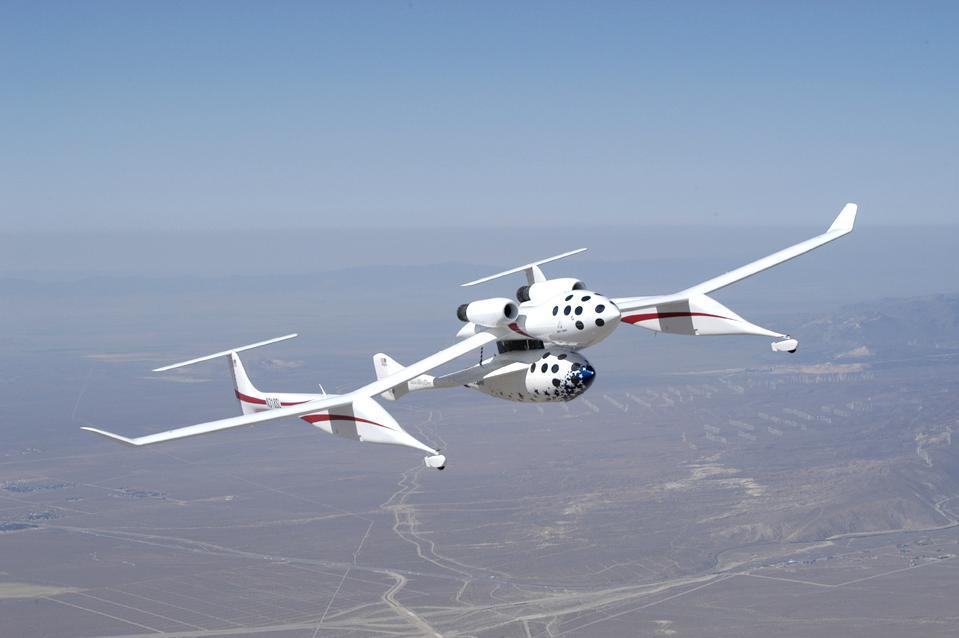
Suborbital air launch aircraft. It was developed to participate in the Ansari X-Prize competition , made 17 flights in 2003-2004, the last three of which were suborbital space flights to an altitude of about 100 km. Despite optimistic promises, “about 3,000 people will be able to fly into space in the next 5 years”, the project was actually stopped after winning the X-Prize, and for the past ten years no space tourists have been flying along suborbital trajectories.
SpaceShipTwo

Suborbital air launch aircraft. It has been developed for ten years instead of SpaceShipOne. Currently undergoing test flights, the maximum achieved height for February 2014 is 23 km.
X-43, X-51
Unmanned vehicles for testing hypersonic engines.
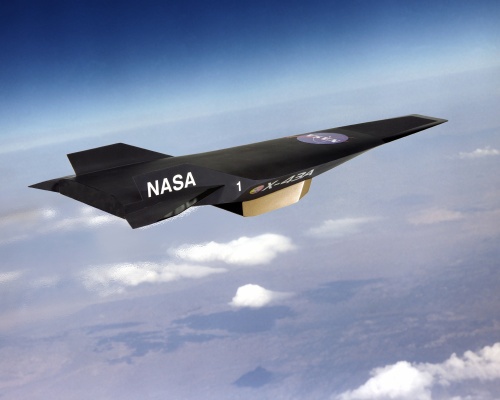
X-43 was originally developed as a large-scale model of the future spacecraft X-30 . Made three flights. The first in June 2001 ended in failure due to errors in the calculations that led to the loss of stabilization of the upper stage. The second, in March 2004, was successful, and a speed of 6.83M was achieved. The third flight took place in November 2004, a speed of 9.6M was reached for 12 seconds.
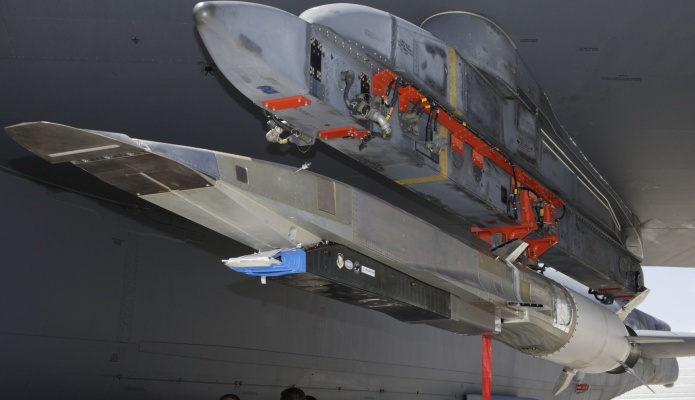
X-51 was developed for slower (~ 5M), but longer flights. He made four flights - the relatively successful first in May 2010 (200 of the planned 300 seconds on 5M), two unsuccessful, and completely successful (210 seconds on 5M, as planned) in May 2013.
Unrealized projects
There are also unrealized projects: MAKS , HOTOL , Burlak , Vehra , AKS Tupolev-Antonova , "Flight" , Stratolaunch , S3 .
Air Launch Profitability Calculations
Pegasus LV gives us a very convenient opportunity to determine the degree of profitability of an air launch. The fact is that the Minotaur I LV has the second and third Pegasus stages as the third and fourth stages, displays the same payload, but starts from the ground. A comparison of the masses seems to be noticeable in favor of the Pegasus - an air launch rocket weighs 23 tons, and a ground launch - 36 tons. However, in order to fully compare these launch vehicles, it is necessary to calculate the margin of the characteristic speed that the rocket stages give. On the material Encyclopedia Astronautica ( data for Pegasus-XL , data for Minotaur I ), the reserves of the characteristic speed of steps for the same payload were calculated:
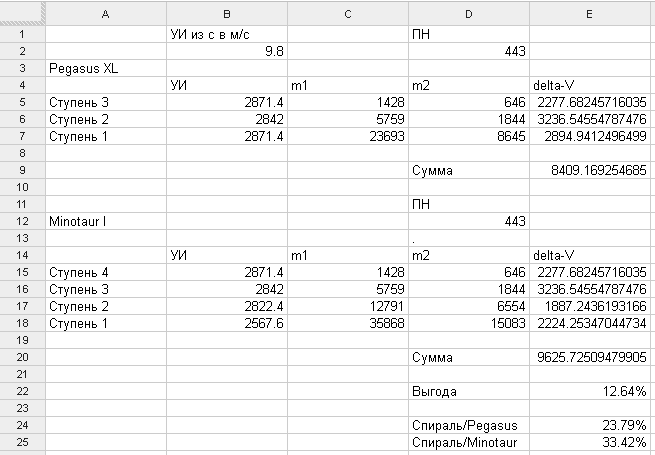
Document with calculations in Google Docs
The result was very interesting - due to an air start, 12.6 percent of the characteristic speed is saved. On the one hand, this is quite a noticeable benefit. On the other hand, it is not so much to cause explosive growth of air launch systems.
Note the hypothetical comparison with the Spiral. If the Pegasus was on the Spiral accelerator aircraft, separation would occur at a speed of ~ 1800 m / s and an altitude of 30 km, which would save at least 2000 m / s characteristic speed. By the same principle, a comparison is made with the Minotaur. Pay attention to how much the benefit has increased. From this it follows that the benefit of an air launch is most determined by the carrier - the greater the speed and height of separation, the higher the benefit.
General discussion about the advantages and disadvantages of air launch
Advantages
Decrease in gravitational losses . The higher the initial velocity, the lower the initial angle of the rocket pitch. Gravity losses are considered as an integral of the pitch angle function, therefore, the smaller the pitch to the horizon, the smaller the loss.
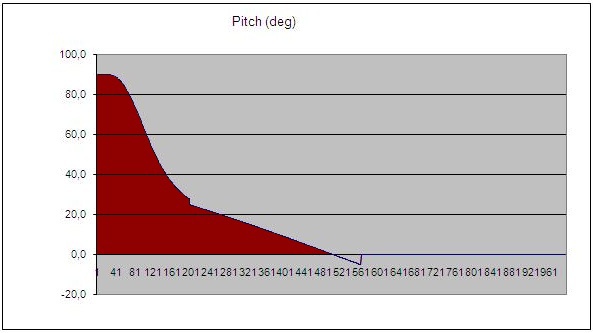
Model pitch angle plot. The area of the curved trapezoid (shaded in red) is gravitational loss.
Reduced aerodynamic drag loss . The pressure decreases exponentially with height:
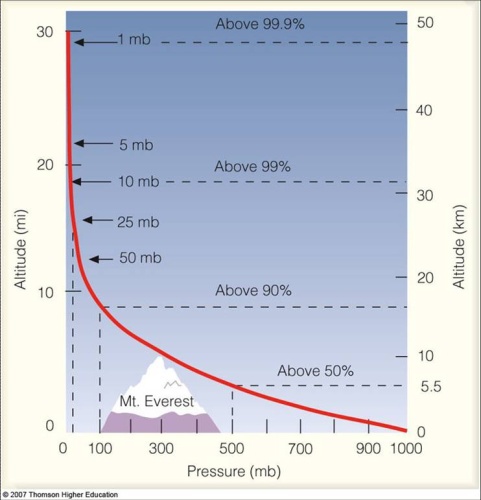
At an altitude of 12 km, where the Pegasus starts, the pressure is about 5 times less than at sea level (~ 200 mbar). At an altitude of 30 km - already a hundred times smaller (~ 10 mbar).
Backpressure loss reduction. The rocket engine works more efficiently in a vacuum, where there is no external pressure that prevents the expansion and rejection of fuel. The ID of one engine on the surface is less than in a vacuum, so starting in a discharged atmosphere will reduce backpressure losses.
The jet engine has a higher specific impulse . Since the oxidizing agent is taken “free of charge” from the surrounding air, it does not need to be taken with you, which increases the specific impulse of the system due to the carrier aircraft.
Ability to use existing infrastructure . An air launch system can use existing airfields without the need for launch facilities. But preparation systems for the launch (installation and testing complex, fuel component storage facilities, flight control buildings) still need to be built.
The ability to start from the desired latitude . If the carrier aircraft has a significant range, you can start from a lower latitude to increase the carrying capacity or shift to the desired latitude to create the desired inclination of the orbit.
disadvantages
Very poor scalability . The rocket, which displays 443 kg on the DOE, weighs a comfortable 23 tons, which without any problems can be attached / suspended / put on an airplane. However, rockets that put at least 2 tons into orbit begin to weigh 100-200 tons, which is close to the load capacity of existing aircraft: An-124 lifts 120 tons, An-225 - 247 tons, but in a single copy, and new aircraft are virtually impossible to build. Boeing 747-8F - 140 tons, Lockheed C-5 - 122 tons, Airbus A380F - 148 tons. For heavier missiles, you need to develop new aircraft that will be expensive, complex and monstrous (like on KDPV).
Liquid fuel will require refinement of the carrier. Cryogenic components will evaporate over a long take-off and climb time, so you need to have a stock of components on the carrier. Especially bad with liquid hydrogen, it evaporates very actively, you will need to carry a large supply.
Structural Strength Problems of Payload and Booster. In the West, satellites are often developed with the requirement to withstand only axial overloads, and even horizontal assembly (when the satellite lies "on its side") is unacceptable for them. For example, at the Kourou launch site, the Soyuz launch vehicle is transported horizontally without a payload, put into a launch facility and a payload is attached there. As for the carrier aircraft, even take-off will create a combined axial / lateral overload. I'm not talking about the fact that in an unstable atmosphere, the so-called "Air holes" can seriously shake the complex. The launch vehicles were also not designed for side-by-side flights in the refueled state; for sure, not a single existing liquid fuel carrier could simply be loaded into the cargo hatch and thrown into the stream for launch. It will be necessary to make new missiles, more durable - and this is overweight and a loss of effectiveness.
The need to develop powerful hypersonic engines . Because an efficient medium is a fast medium, conventional turbojets do not fit well. L-1011 gives only 4% of the height and 3% of the speed for the Pegasus. But new powerful hypersonic engines are on the verge of modern science, they have not been done yet. Therefore, they will be expensive and require a lot of time and money for development.
Conclusion
Aerospace systems can be a very effective means of delivering goods into orbit. But only if these loads are small (probably not more than five tons, if predicted taking into account the progress made), and the carrier is hypersonic. Attempts to create flying monsters such as the twin An-225 with twenty-four engines or some other super-heavy victory of technology over common sense is a dead end at the current level of our knowledge.
For navigation: posts on the tag "Facilitating access to space"
